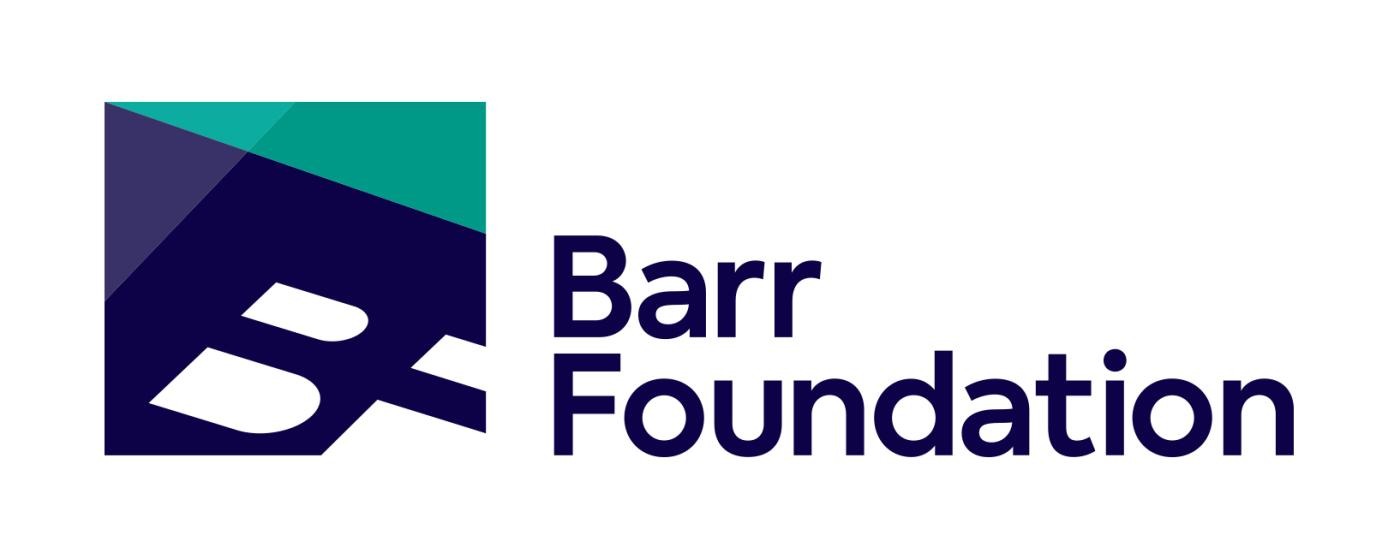What's Happening
Stay Connected
Receive the latest news, grant offerings, and community events.
Consistent with NEFA’s obligations under Title VI of the Civil Rights Act of 1964, and other applicable federal and state laws, it is the policy of NEFA that no applicant for financial award shall be denied participation based on their race, color, national origin, gender or other protected classification.
At NEFA, we believe in the arts as a powerful tool for positive change and that public art has the power to shift public culture and change the future.
The freedoms to create, access, express, and share arts and cultures are human rights that are essential to more equitable and vibrant public spaces, but these freedoms aren't equitably afforded to all. Public Art for Spatial Justice aims to support public artmaking that helps us see, feel, experience and imagine more just futures for our public spaces and public culture.
Massachusetts-based artist(s) and Massachusetts-based organizations working with artist(s), are welcome to apply for a project grant. Projects must take place in Massachusetts and creatively cultivate expressions or embodiments of spatial justice through public artmaking. All artistic disciplines are welcome to apply.
Public Art for Spatial Justice grants range from $15,000-$30,000, for up to two-year grant period beginning March 2026 through February 2028.
Public Art for Spatial Justice is one of NEFA’s grant programs supporting artists in the field of public art.
For more information about other elements of NEFA’s Public Art programs:
VISIT THE public art PROGRAM PAGE
Lead Applicant must be based in Massachusetts.
Lead applicant may a be…
Recognizing the intersectionality of identities, we acknowledge that artists may also identify as cultural practitioners, activists, and community-rooted collaborators, and may be self/community-taught, institutionally trained, or a combination of both. All are welcome to apply.
Proposed public art projects must:
At NEFA, we believe in the arts as a powerful tool for positive change and that public art has the power to shift public culture and change the future.
The freedoms to create, access, express, and share arts and cultures are human rights that are essential to more equitable and vibrant public spaces, but these freedoms aren't equitably afforded to all. Public Art for Spatial Justice aims to support public artmaking that helps us see, feel, experience and imagine more just futures for our public spaces and public culture.
To learn more about spatial justice check out this zine by the Design Studio for Social Intervention for more context.
Eligible projects will be reviewed according to the following funding criteria:
Priority will be given to projects that meet any of the following:
As we lean into risk-taking with our grantees, we recognize the feasibility of projects may vary. We ask that artists/lead applicants are realistic about feasibility with their understanding of the context of place and space, while acknowledging that aspects of the project may need to evolve during the grant period.
The deadline for Public Art for Spatial Justice was December 2, 2025, 11:59 PM ET.
Applications are accepted through our online grant portal.
Applicants will be notified of awards in late February 2026, with the grant year beginning in March 2026.
Grantees will have up to 24 months from the beginning of the grant period to implement projects.
Upon receiving a PASJ grant, program staff will schedule an initial check-in to discuss any shifts in project plans, schedule an interim check-in based on the project timeline, and answer any questions grantees may have about the grant.
PASJ grants will be released in three installments:
Note: Public Art for Spatial Justice grants are taxable income to individual recipients and reportable to the IRS. All grantees will receive an IRS Form 1099 from NEFA.
Grantees are required to complete an interim check-in with program staff to receive the second payment (45% of grant total). The date/time of the interim grantee check-in will be agreed upon but NEFA staff and grantee at the beginning of the grant year. Grantee will be asked to share an update on the project, including but not limited to major changes related to the project workplan, timeline or budget.
The interim grantee check-in will be conducted as a recorded virtual conversation with program staff.
If unanticipated delays occur in your project timeline or major changes need to be made to the scope of your project, please contact the public art program staff to discuss next steps as soon as possible.
Preview Grantee Report Questions
Grantees are required to complete a final grantee report 40 days after the project is completed. Approval of final grantee report is required to receive the third and final payment (10% of grant total). Grantee report can be found in the online grant portal:
Grantees who do not submit a grantee report will not be eligible for future Public Art for Spatial Justice grants.
Note: If the timing of the payments presents an economic hardship, please contact the Public Art Team as soon as possible to discuss options.
Public Art for Spatial Justice is made possible with funding from the Barr Foundation and the Fund for the Arts at NEFA.

Fund for the Arts
Receive the latest news, grant offerings, and community events.